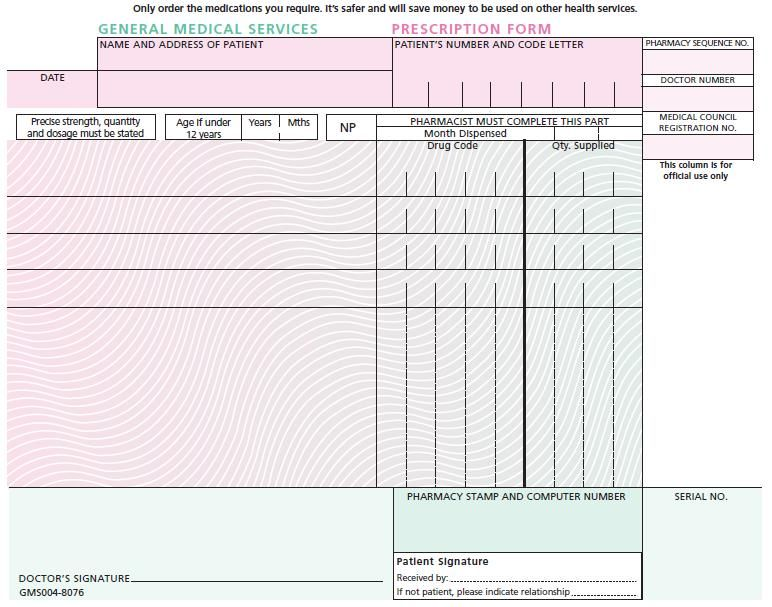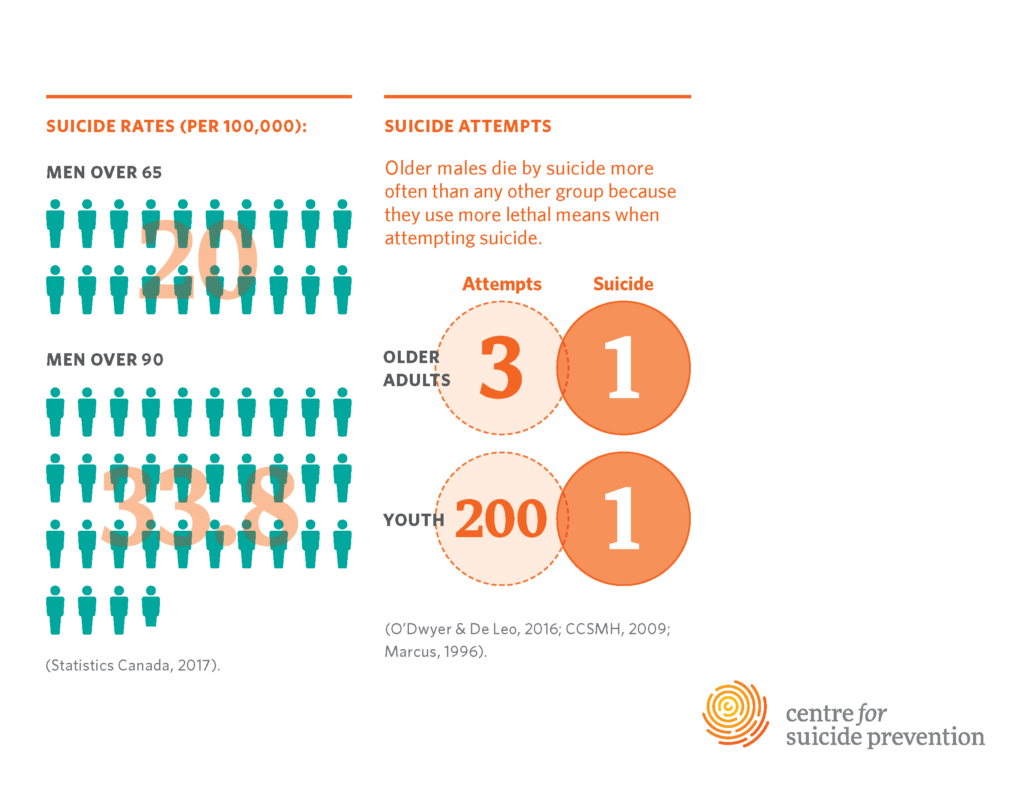Primary care reimbursement is at the forefront of healthcare innovation, as a pressing need arises for sustainable financial models in medical practices. With a rising demand for appointments and a diminishing number of physicians, the United States faces a primary care crisis that demands urgent attention. The introduction of the ACO PC Flex program could be a pivotal step towards reforming primary care payments, leveraging a prospective payment model that incentivizes preventive care over costly hospitalizations. By addressing the long-standing disparities in reimbursement rates between primary care providers and specialists, this initiative seeks to enhance the overall quality of healthcare while simultaneously reducing costs. Encouraging a proactive approach through mechanisms like accountable care organizations (ACOs), primary care reimbursement could redefine the future of healthcare delivery and patient care management across the nation.
In the evolving landscape of healthcare, financial models related to primary healthcare services are increasingly being scrutinized. The urgent need for effective reimbursement systems has prompted many to explore alternatives to traditional models, such as prospective payment arrangements. These innovative strategies, which include frameworks like the ACO PC Flex initiative, aim to reshape how primary care providers are compensated for their services. With a focus on fostering long-term patient health and reducing high costs associated with hospital admissions, the reform in primary care payment structures is gaining traction. Overall, the transformation of reimbursement methods within healthcare is essential for addressing current inefficiencies and improving care delivery.
The Crisis in U.S. Primary Care
The current state of primary care in the United States is facing significant challenges as the demand for healthcare services continues to grow, but the number of available providers remains stagnant. The influx of patients often results in hurried appointments, leaving physicians unable to give them the thorough attention they require. This pressure is exacerbated by the corporate ownership of many primary care practices, which emphasizes high-volume patient interactions over the quality of care. Such dynamics contribute to clinician burnout and could ultimately compromise patient outcomes.
Furthermore, the prevailing reimbursement models prioritize specialist care, often at the expense of primary care. The financial structure of health systems typically favors procedures performed by specialists, leaving primary care physicians, who focus on preventive care and comprehensive management of chronic conditions, struggling with inadequate compensation. With many physicians feeling undervalued, this system poses risks not just for practitioners but for patients, leading to a crisis in access to quality primary health services.
Identifying the Barriers in Primary Care Financing
One fundamental barrier to enhancing primary care is the low reimbursement rates faced by these providers, which are often insufficient compared to what specialists receive. This inequity in payment structures discourages medical graduates from entering the primary care field and contributes to the shortage of physicians willing to serve in this capacity. Current primary care payment reform initiatives aim to address these disparities, but progress has been slow, often hindered by the strong lobbying power of specialty-focused groups.
Moreover, the complexity and volume of medical information can overwhelm primary care providers who must stay informed to deliver effective care. As the healthcare landscape evolves with the constant influx of new research and treatment guidelines, primary care physicians are tasked with keeping pace amidst their already heavy workloads. This exacerbates the burden they face in managing patient care while striving to deliver high-quality services under a financially restrictive model.
Accountable Care Organizations and Their Potential
Accountable Care Organizations (ACOs) represent a transformative approach to healthcare reimbursement, designed to incentivize providers to deliver higher quality care while controlling costs. By shifting away from traditional fee-for-service models, ACOs create an environment where physicians are rewarded for outcomes rather than the number of patients seen. This model aligns financial incentives with improved patient health, promoting coordinated care that can ultimately lead to a reduction in hospital admissions and emergency visits.
The new ACO PC Flex model builds on this concept, emphasizing prospective payment, which differs significantly from traditional ACO methods. By providing upfront payments to primary care practices, these organizations can strengthen their infrastructure and develop innovative patient-centered programs. This financial support is crucial for addressing chronic diseases, as it encourages time spent in preventive care and health counseling, thereby promoting healthier patient populations and reducing overall healthcare costs.
Enhancing Primary Care through Innovative Payment Models
The ACO PC Flex initiative is set against a backdrop of urgent need for reforms in primary care payment structures. By experimenting with prospective payment models, it seeks to increase the upfront funding for primary care, a vital step in encouraging providers to focus on preventive services rather than solely on reactive care. As ACOs implement these changes, there is hope that primary care can finally receive the financial recognition it deserves within the healthcare ecosystem.
This innovative approach could also serve as a benchmark for future payment reforms across the spectrum of healthcare providers. Should ACO PC Flex prove successful in managing costs while enhancing patient care, it might influence commercial insurance models and Medicaid reimbursements as well, ensuring that primary care is adequately funded to meet the needs of all patients, regardless of their insurance status. Such changes may not only improve access to primary care but also lead to better health outcomes across various populations.
The Role of Healthcare Innovation in Primary Care
Healthcare innovation is a driving force behind the ongoing transformations in primary care and payment structures. New technologies, data analytics, and telemedicine are reshaping how healthcare is delivered and financed. As primary care physicians embrace innovative tools, they can provide more comprehensive care while improving efficiency within their practices. This shift is crucial for addressing issues such as patient overload, as it allows for better resource allocation and patient management.
Innovation extends beyond technology; it involves rethinking care delivery models, such as the implementation of the ACO PC Flex initiative. By testing alternative payment structures that prioritize preventive care and quality outcomes, healthcare providers can not only serve their patients better but also create sustainable practices that thrive in an increasingly complex healthcare environment. The integration of healthcare innovation into primary care will be essential for overcoming existing barriers and ensuring long-term viability and success.
Prospective Payment: A Game Changer for Primary Care Providers
The implementation of prospective payment models represents a transformative shift in how primary care providers are reimbursed for their services. Unlike traditional retrospective payment systems where doctors are compensated after providing services, prospective payments guarantee upfront funding based on anticipated healthcare needs and local contexts. This model has garnered attention for its potential to alleviate the financial strain on primary care practices and enable them to deliver more focused preventative care.
The ACO PC Flex model epitomizes this change, allowing practitioners to invest in patient education and wellness initiatives without the fear of immediate financial repercussions. As providers shift their focus to preventing illness rather than treating it reactively, the overall efficiency of the healthcare system may improve, reducing costs associated with more complex medical interventions. By fostering a more proactive approach toward patient health, prospective payment can empower primary care providers to engage more deeply in their communities and address healthcare disparities.
Shared Savings: Reinventing Financial Incentives for Primary Care
Shared savings models within the framework of ACOs are designed to incentivize primary care providers to deliver high-quality care while managing costs effectively. In the traditional ACO setup, when providers succeed in keeping their spending below a pre-defined threshold, they are rewarded with a portion of the savings. This model creates a direct financial incentive for providers to invest in patient care services that promote overall health, thereby reducing the necessity for costly hospitalizations and emergency interventions.
As the ACO PC Flex program introduces prospective payments, the potential for shared savings becomes even more accessible. Providers can focus on preventive measures without the fear that costs will detract from their potential earnings. This structure encourages a collaborative environment among healthcare professionals, fostering innovation in patient management and care delivery. Enhanced primary care models rooted in shared savings not only contribute to provider satisfaction but ultimately lead to improved patient health outcomes.
Impact of Primary Care Payment Reform on Healthcare Systems
The ripple effects of primary care payment reform extend far beyond the individual practices. As ACO PC Flex and similar programs take hold, the implications for healthcare systems as a whole could be profound. By placing greater emphasis on primary care, these reforms not only support the sustainability of primary care providers but also enhance the overall efficiency of healthcare delivery. A more vigorous primary care system can alleviate strain on tertiary care facilities by preventing unnecessary emergency room visits and hospital admissions.
Additionally, as these reforms gain traction, they may reshape the landscape of health insurance models, prompting better alignment between provider incentives and patient needs. The expectation is that commercial insurers will follow suit, adopting similar creative payment strategies that prioritize preventive care and patient health outcomes. Ultimately, primary care payment reform has the potential to transform healthcare delivery, positively affecting both patient experiences and long-term system sustainability.
The Future of Primary Care: Prospects and Challenges
Looking towards the future of primary care, the introduction of innovative payment systems such as ACO PC Flex presents both opportunities and challenges. If successful, these reforms could lay a foundation for a more equitable healthcare system, with primary care receiving the recognition and funding it requires to thrive. Key to this success will be the ability to address existing barriers, including those related to compensation disparities and the need for comprehensive care training among providers.
However, the journey won’t be without obstacles. Stakeholders must navigate complex political landscapes, healthcare bureaucracy, and the diverse needs of patient populations. The success of ACO PC Flex hinges not only on financial models but also on a commitment to healthcare innovation and collaboration among providers. It remains to be seen how these efforts will unfold and whether the reforms can effectively transform the delivery of primary care in America.
Frequently Asked Questions
What is primary care reimbursement and how does it relate to healthcare innovation?
Primary care reimbursement refers to the financial compensation that primary care providers receive for their services. It has significant implications in healthcare innovation as new payment models, like ACO PC Flex, aim to enhance the value of primary care by incentivizing providers to focus on preventative care and better patient outcomes, ultimately addressing the crisis in U.S. primary care.
How does the prospective payment model impact primary care reimbursement?
The prospective payment model impacts primary care reimbursement by providing a lump sum payment before services are delivered, as seen in the ACO PC Flex initiative. This approach ensures that primary care providers receive sufficient funding upfront, encouraging them to invest in patient care and preventative measures while reducing the financial burden of service-related costs.
What are accountable care organizations (ACO) and their role in primary care payment reform?
Accountable care organizations (ACOs) are networks of healthcare providers that aim to deliver high-quality care while reducing costs. They play a crucial role in primary care payment reform by implementing shared savings programs that incentivize providers to keep patients healthy, thereby lowering the reliance on costly hospital services.
What are the benefits of the ACO PC Flex program for primary care reimbursement?
The ACO PC Flex program enhances primary care reimbursement by increasing upfront payments to physicians, thus allowing them to allocate resources towards comprehensive patient care. This initiative encourages primary care providers to engage more with patients through counseling and proactive health management, ultimately aiming to improve health outcomes and reduce hospital visits.
Will the ACO PC Flex payment model replace existing primary care reimbursement methods?
While the ACO PC Flex payment model is designed to create a more effective primary care reimbursement structure, its potential to replace existing methods is contingent on its success. If proven effective for Medicare beneficiaries, it may influence private insurers and Medicaid programs to adopt similar reforms, ultimately benefiting a broader patient population.
How does low reimbursement affect primary care providers and patient care?
Low reimbursement for primary care providers, in contrast to specialists, leads to high patient volumes and less time for personalized care. This imbalance impacts the quality of patient care, as primary care providers struggle to offer adequate preventative services and counseling, which are essential for managing chronic illnesses.
What challenges do primary care practices face with current reimbursement models?
Primary care practices often face challenges such as low reimbursement rates, high patient volumes, and the pressure to deliver quick services. These factors can lead to burnout among providers and compromise the quality of care, underscoring the need for innovative reimbursement models like ACOs and prospective payment systems to enhance support for primary care.
| Key Points |
|---|
| Primary care is in crisis with increasing demand and physician shortages. |
| The new ACO PC Flex initiative aims to enhance primary care funding and improve patient outcomes. |
| The current reimbursement for primary care is low compared to specialist care. |
| Accountable Care Organizations (ACOs) aim to reduce healthcare costs by incentivizing quality care. |
| The ACO PC Flex model uses prospective payment to provide upfront cash to primary care providers. |
| If successful, this model could influence future reimbursement methods for Medicare and possibly Medicaid and commercial insurance. |
Summary
Primary care reimbursement is facing significant challenges in the United States, with the need for innovative solutions like the ACO PC Flex initiative becoming more pressing. This model offers a prospective payment system that aims to increase primary care funding while focusing on preventative care and reducing reliance on costly hospital services. By addressing existing reimbursement disparities and incentivizing high-quality care, primary care may finally receive the attention and support it critically requires.



